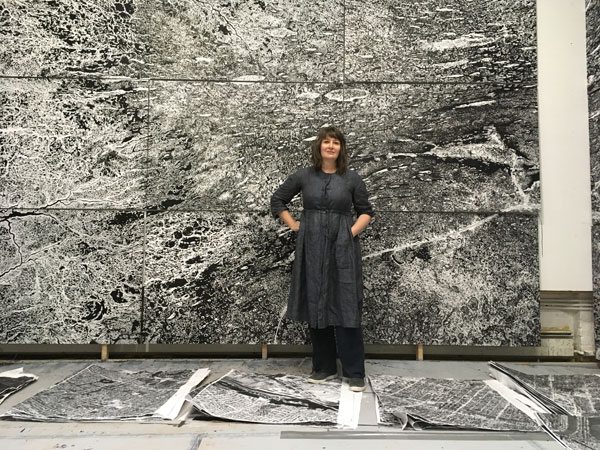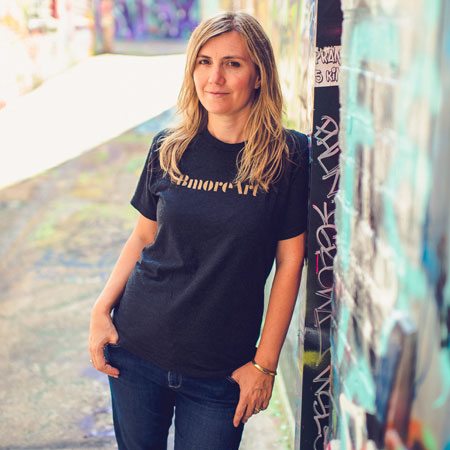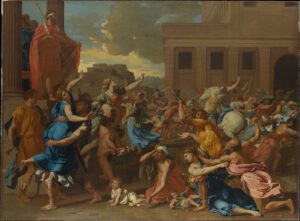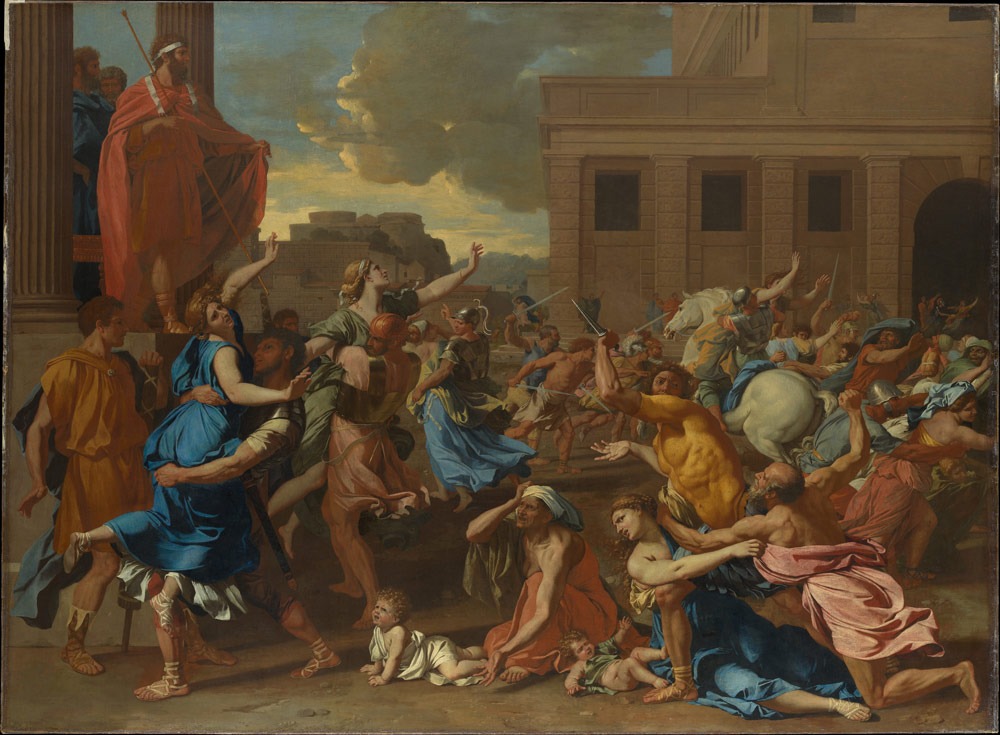
It’s the season of charity art auctions. Each spring and fall, nonprofits gather donors in ballrooms and galleries across the country and auction off pieces given freely by established and emerging artists. For many nonprofits, it’s their most important fundraising event of the year. But for some artists, who are asked to donate their work many times a year, it can be a burden laden with unintended consequences.

“There was a high point when I was giving away about 12 works of art a year. That was completely unsustainable,” Brooklyn-based fine artist Ellen Harvey says in our latest podcast. She had to decide to pare down the number of pieces she donates. Now, when she creates art to benefit a cause, she makes a careful calculation. “You need things that are that are small enough, not too expensive, don’t represent too much of your time and yet are actually desirable in some way. You can’t give people rubbish, obviously,” she explains.

But artists often get rubbish back from Uncle Sam. They can’t claim tax deductions on the amount their donations fetch at auction; they may only write off the costs of their materials, which many artists see as unfair.
Baltimore artist Cara Ober says she is asked to donate her work to charity about 50 times a year. Sometimes, she has paid to ship her art and then paid for return postage when the piece hasn’t sold. “I have definitely put the effort in, paid the money to have something framed, to have it hang for an auction, and had it not sell,” she says. “It’s not the most fun event to be at a fancy party when you’re looking at red dots going up on a wall and your piece is not.”
Sign up for our free newsletters
Subscribe to NPQ's newsletters to have our top stories delivered directly to your inbox.
By signing up, you agree to our privacy policy and terms of use, and to receive messages from NPQ and our partners.

But thoughtful fundraisers do whatever they can to avoid this. Monet Silva is Executive Director of the diabetes research nonprofit, JDRF New Mexico. When a prominent artist donated a valuable work to Silva’s auction, she left nothing to chance, in order to ensure the piece would fetch a significant sum for the cause. “We really had to make sure that in our ballroom were sitting at least a few people who we knew were going to bid on that piece of art,” she explains. “We can go back to that artist and say, ‘We were able to raise X amount of money because of your donation. And this is what that money is going to do.”
Even so, Mat Gleason, art critic and owner of the contemporary Coagula Curatorial Gallery in downtown L.A., says charity auctions have depressed art prices across the board. “There are many savvy collectors who I only see when I go to charity art auctions,” he says. “So what motivation do I have to go to a gallery and pay full price when I know that your well-meaning artist is donating work to charity art auctions, that if I really scout and spend the time, I can get for cents on the dollar what the gallery would charge full price for?”
Harvey considers a range of issues surrounding the donation of her work. “Yes, maybe charitable auctions are not the most efficient mechanism, and maybe they are problematic in some ways,” she says. “But there’s also fun involved in making these things.”
Additional Resources:
- “A Kerry James Marshall painting sold for $5 million, but he didn’t see any of it,” Chicago Reader
- Cara Ober’s website
- Ellen Harvey’s website
- Mat Gleason’s Coagula Art Journal











